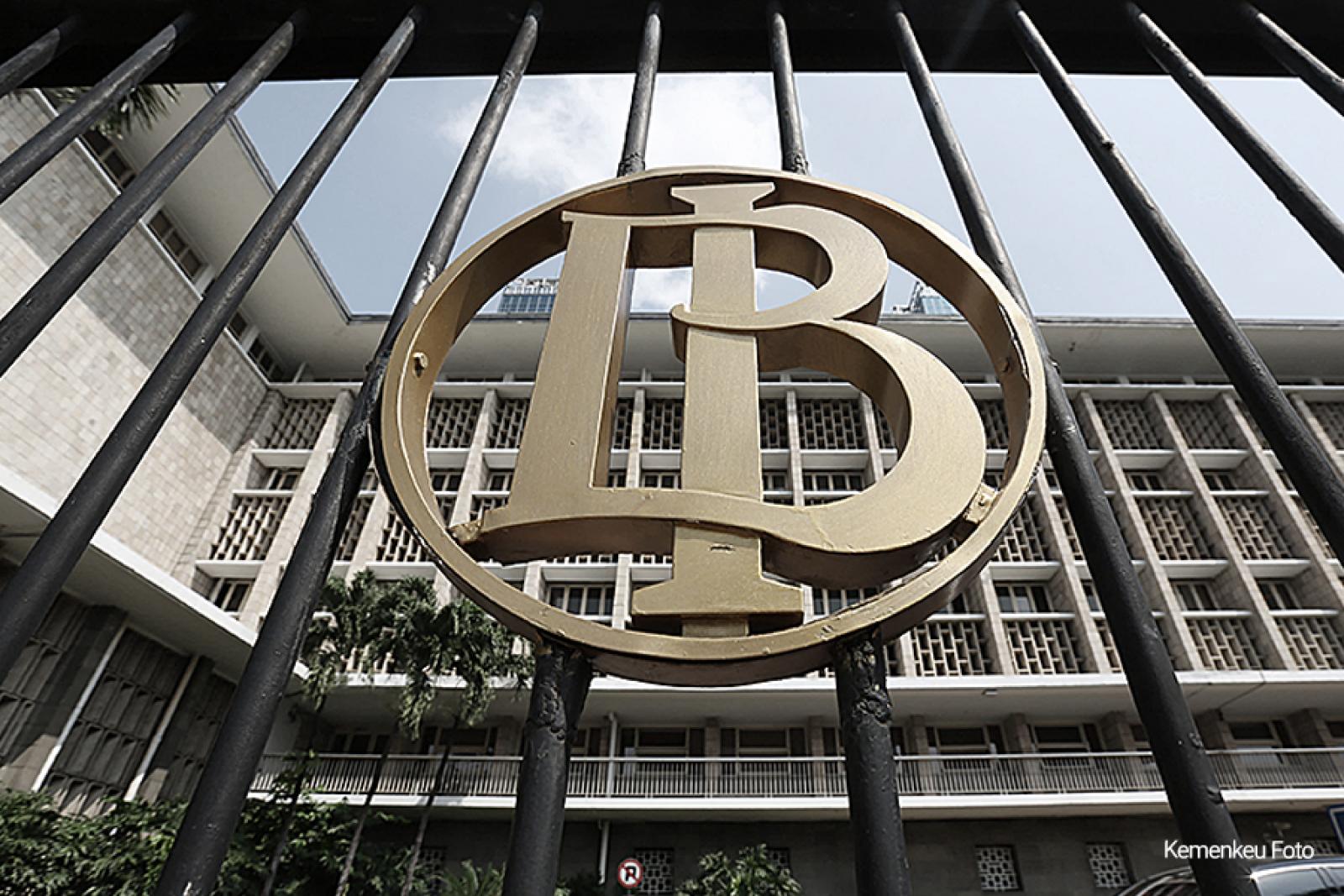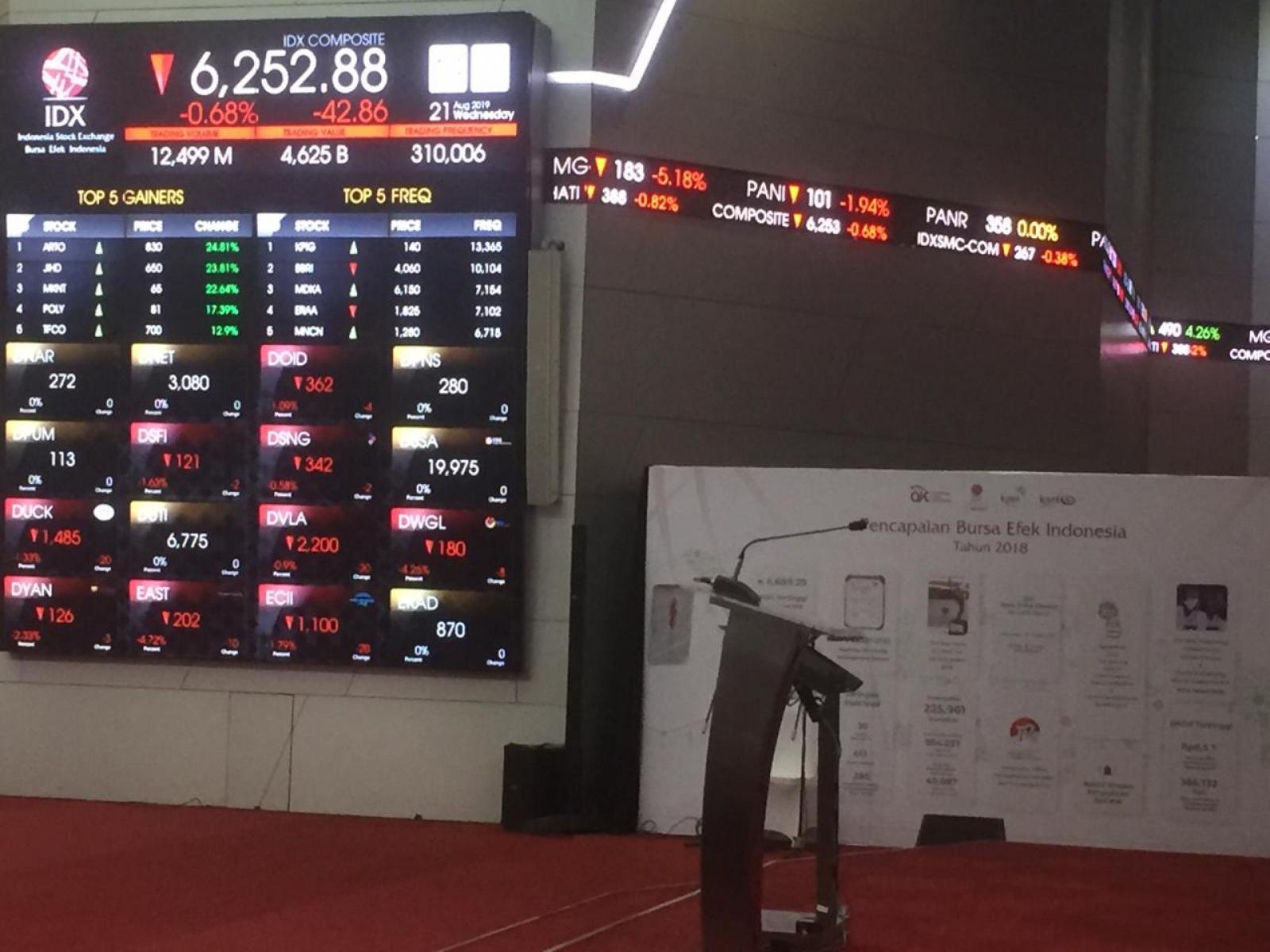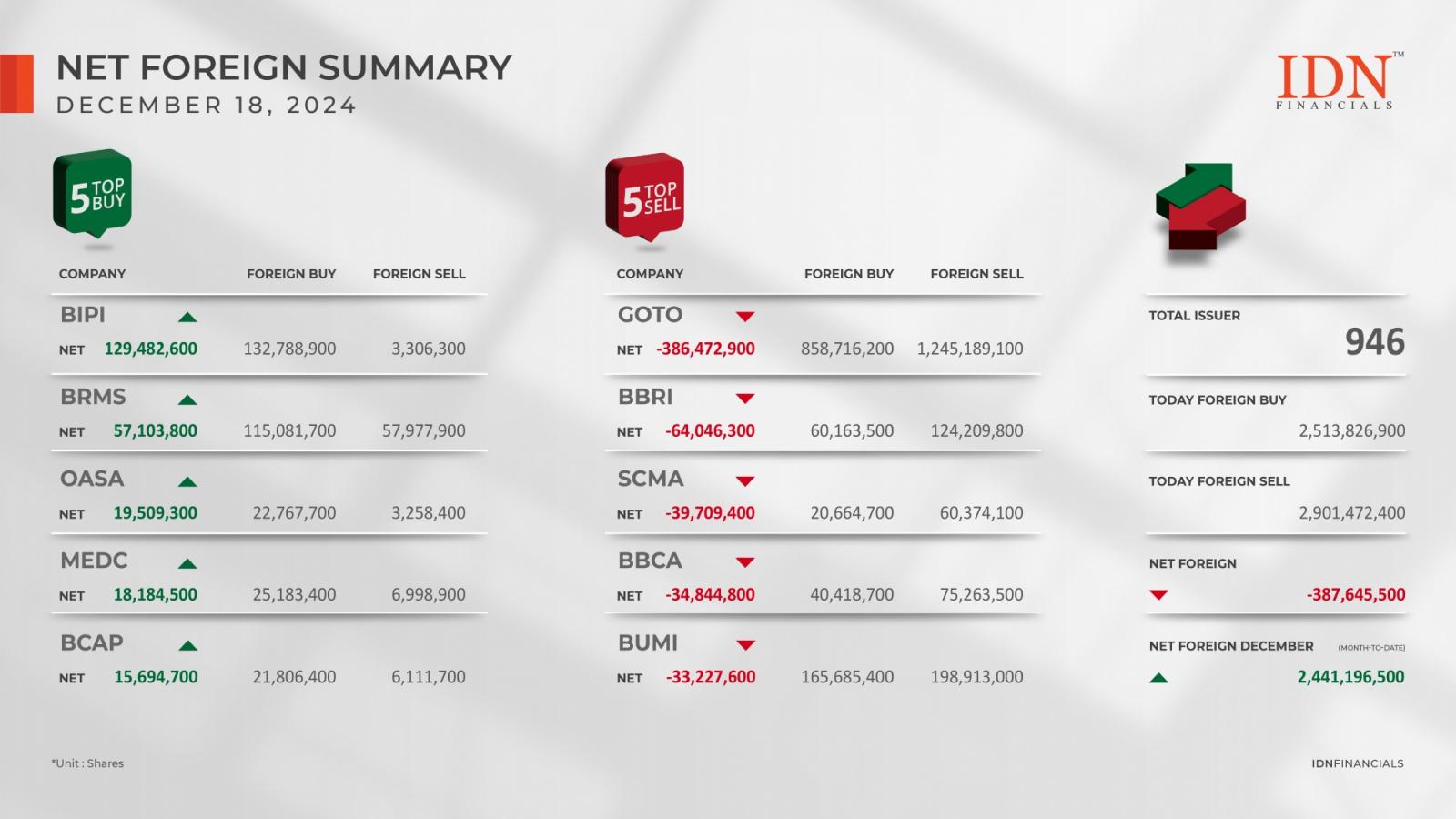Grayscale’s flagship Bitcoin Trust GBTC has just recorded the lowest daily outflows since it converted to an ETF.
According to data posted on X by the research arm of crypto exchange BitMEX, GBTC’s outflow on February 23 was just $44.2 million.
Bitcoin ETF Flow – 24 Feb 2024
All data now in, except perhaps for the Galaxy/Invesco product
Friday was a strong day, with +$232.3m of net inflow. Also, the outflow for GBTC was just $44m, lowest level since 11th Jan pic. .com/1Q0OtjEJLt
— BitMEX Research (@BitMEXResearch) February 24, 2024
This marks its lowest daily outflow since launching as an ETF on January 11, when the Bitcoin investment fund recorded outflows of $95.1 million.
Altogether, Grayscale’s outflows have hit $7.4 billion. Other popular funds, like Blackrock and Fidelity, have attracted $6.6 billion and $4.7 billion in inflows respectively.
However, there are indications that another selloff is on the way. Recently, a bankruptcy court approved the bankrupt lender Genesis to sell $1.3 billion in GBTC shares to repay its creditors.
Parent company Digital Currency Group (DCG)—which has relinquished control over Genesis to independent advisers Kroll—has legally challenged the plan.
DCG objects to the plan on the grounds that it uses an accounting method whereby creditors (customers) could potentially get back their assets lost on the platform while also taking profit made from the assets’ increase in value since the lender applied for bankruptcy in early 2023.
DCG argues that the value of Genesis creditors’ claims must be based on crypto prices at the time its subsidiary made the filing.
Bitcoin was trading around $24,000 at that time. Today, it changes hands at over $51,000.
Grayscale Finds Balance
Grayscale’s GBTC is technically the largest ETF at $23 billion AUM but it has had a lengthy head-start over its competitors.
GBTC started as a Bitcoin fund in 2013, but it always had its eye on eventually converting to an ETF.
It hit the first milestone in mid-2015 when shares began publicly trading under the ticker GBTC.
Since the US Securities and Exchange Commission approved nearly a dozen ETFs last month, Grayscale’s has been the only one posting outflows.
The fund had been trading at a premium to its underlying asset until around February 2021. From that point on it had been trading at a discount. In both cases, this was due to the fund’s closed-end structure. There were a fixed number of shares and no new ones could be created.
In 2022, the SEC refused its application to convert to an ETF. Grayscale took the matter to a Federal appeals court and on August 29, 2023, scored a landmark victory for the industry when Judge Neomi Rao overturned the SEC’s rejection, calling it “arbitrary and capricious.”
The closed-end GBTC evaporated along with the discount after GBTC converted to an ETF, simultaneously ending one of crypto’s most popular arbitrage trades.
Many holders exited their positions to pocket a tidy profit, including the estate of disgraced former crypto exchange FTX, which sold 22 million GBTC shares recently and may have raised a billion from it.





